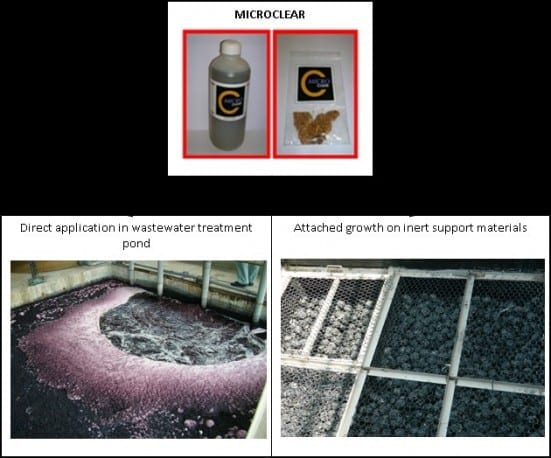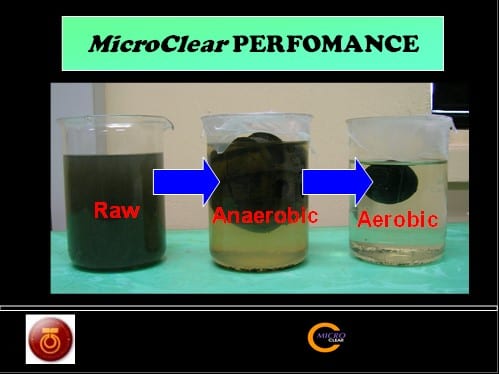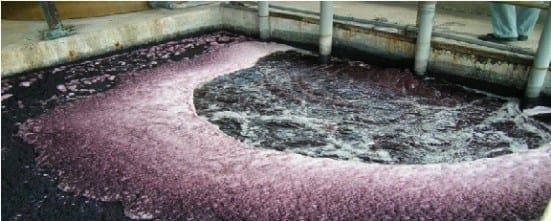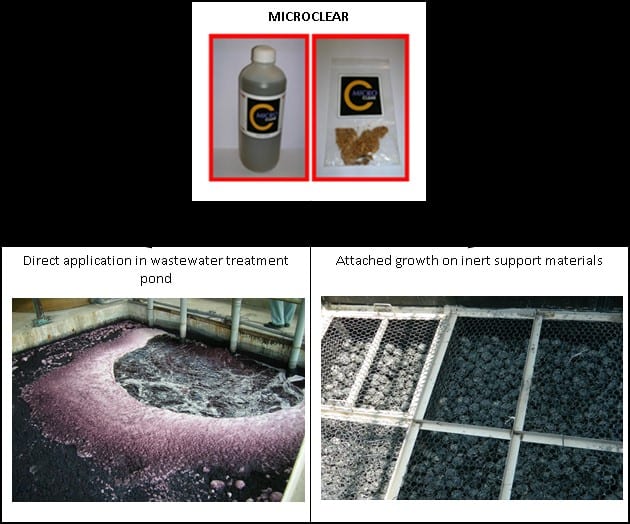Product Introduction
The global market for Malaysia’s clothing and apparel manufacturers continue to grow to meet quality demands and meet high standards set by international brands such as Nike, Adidas, DKNY, Ann Taylor, Armani, Talbots and Tommy Hilfiger, to name a few.
However, the growth in textile products and industries have resulted in the generation of highly polluted and coloured wastewater. This is detrimental to the environment and poses a health threat to the population at large.
To date, there lack an economical treatment process in treating textile waste water. Researchers from Universiti Teknologi Malaysia (UTM) has thus come up with an affordable and environment friendly solution called Microclear, which capitalises on the use of microorganisms.
Microclear is effective in removing color and transforming decolourised products into simpler and non-hazardous compounds without the use of chemicals.
Colored waste water treated using Microclear showed significant improvement in water quality, minimal sludge production and potential reuse of water.
What the Product has to Offer
The threat behind the release of colored effluents is related to the high content of synthetic dyes and their breakdown products that are regarded as toxic, mutagen and/or carcinogenic.
Azo dyes which comprises 66% of dyes used in the industries if not properly treated can influence photosynthetic activities of natural aquatic microorganisms and their abilities to treat water bodies.
They can be mutagen and or carcinogenic, causing intense damage to human beings, including harming the reproductive system and causing dysfunction to the kidneys, brain, liver, and central nervous system.
Being dependent on current chemical treatment methods will amount to several hundred thousands of Ringgit per year for a single plant. This is in addition to the cost in managing and disposing of toxic sludge.
Research Challenge
The research challenge was to develop a locally formulated group of microorganisms capable of removing colour from dyes containing wastewater.
The dye molecules which are generally considered as non-degradable or difficult organics are broken down and degraded into smaller and readily degradable molecules for safe discharge of effluent.
Utilising these groups of bacteria offers an alternative GREEN solution to replace or complement the use of chemicals in conventional methods for the treatment of coloured wastewater.
Currently work is in progress to apply Microclear to treat other types of coloured wastewater effluents like those from the food industry, printing industry and sewage water.
The latest development is to use Microclear to treat coloured wastewater containing natural plant materials such as Palm Oil Mill Effluent (POME). Work is in progress on a large scale production of microbes under the UTM-MTDC symbiosis programme.
What is the impact towards the environment and community?
Effective biological treatment process by these specialized group of decolorizing bacteria provide an alternative green solution for the treatment of dyes containing wastewater with improved effluent quality that comply with regulation standards.
Clean water is critical for sustaining hundreds of species of fish and other aquatic life.
Team members
After more than 10 years of intensive research, Microclear Sdn Bhd was formed in 2011, under the Universiti Teknologi Malaysia-Malaysian Technology Development Corporation, UTM-MTDC symbiosis programme.
The technical team consists of very experienced researchers in environmental microbiology and biochemistry, environmental engineering, and marketing. The team is managed by innovative and aspiring people with a common mission of applying biotechnological processes to produce safe and clean water for a sustainable green environment. 



